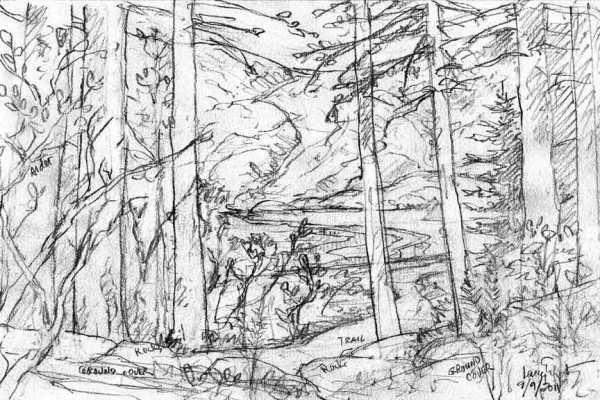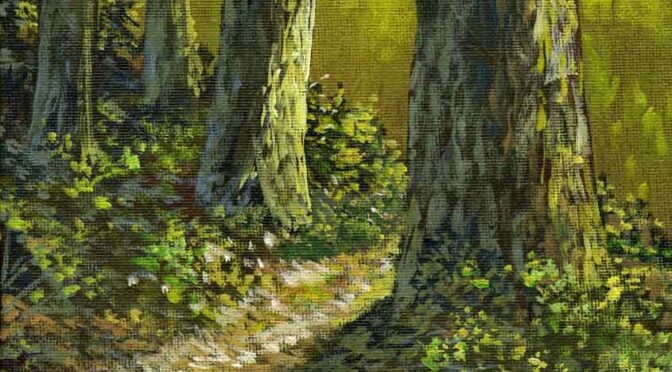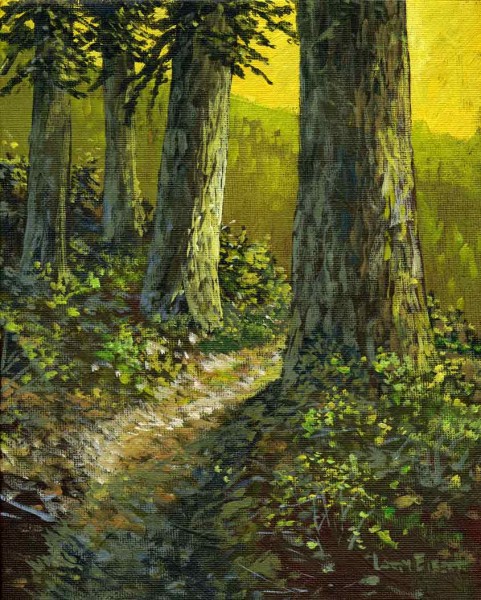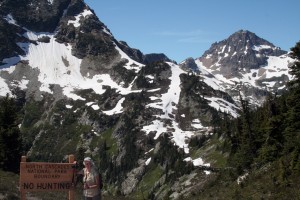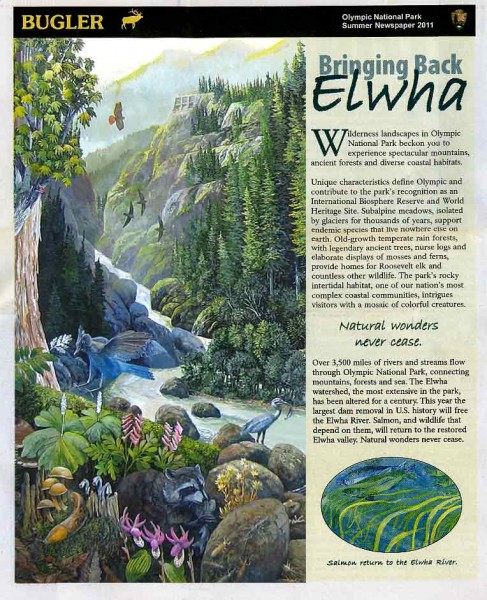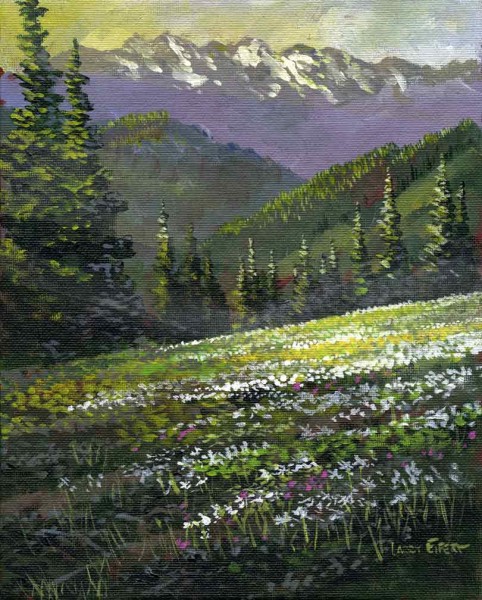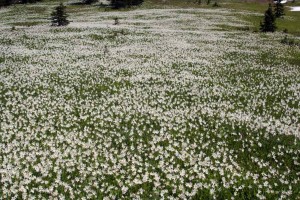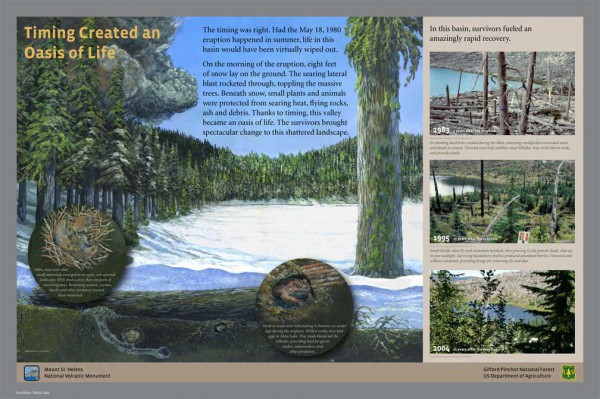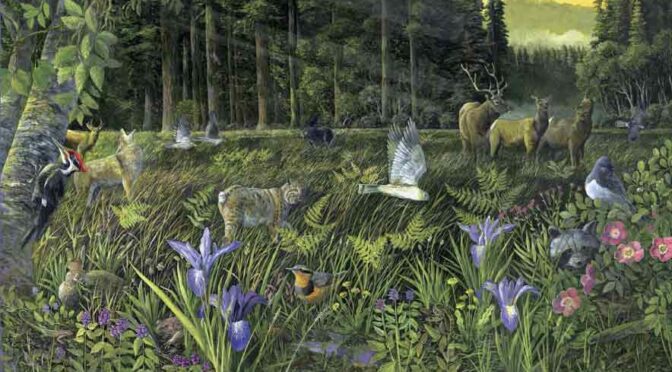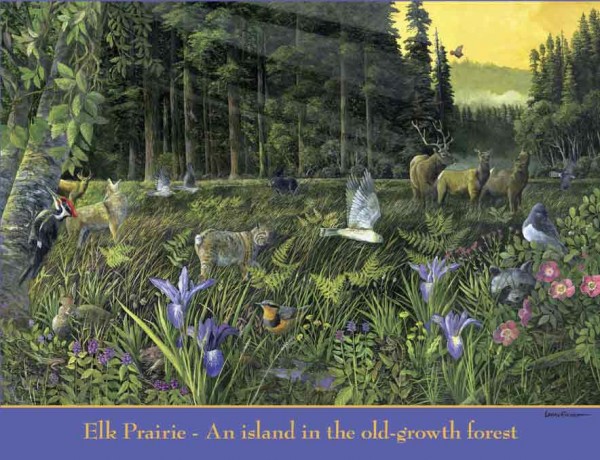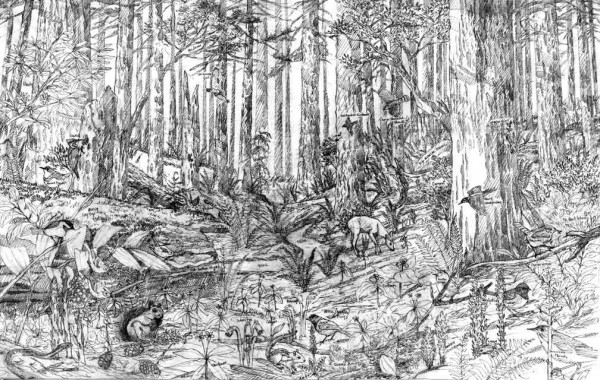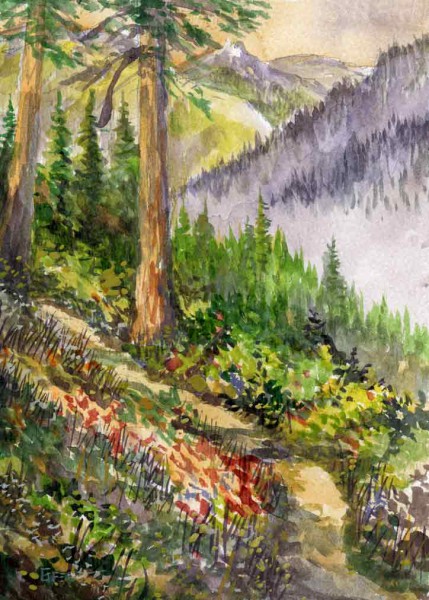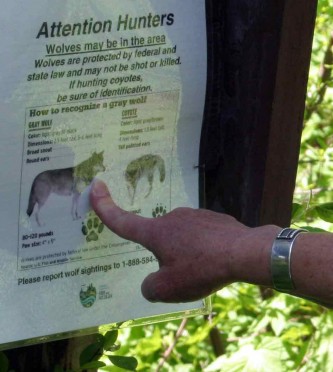We spent this past week in and around Seward, Alaska, and let me tell you about glorious! I’m to paint a mural of the ecosystem for Exit Glacier Nature Center at Kenai Fjords National Park, and time was running out – our window fast-closing for a snow-free field trip. We made it! And in all our travels around Alaska, we’ve never seen it more stunning. Fall was passing with each day, and the colors, well, the colors were pastels of every shade from pale emerald to cottonwood golden, alder ochre to raindeer lichen gray. We couldn’t get enough. You know those rare moments with nature when everything seems too perfect to be real? This was a week of it.
The sketch here was drawn on location beside a raging river at flood stage, but the painting will actually be about the emerging forest ‘downstream’ of the glacier and how it’s evolving out of the glacier’s rubble. For us, the real story here was how far the glacier has receded since our last visit in the late 1990’s. Climate change is seen everywhere here and so obvious and evident that anyone who doesn’t believe this is happening at a very great rate is dumber than the dirt the glacier grinds out of the mountainside. When we got there, a huge hurricane-sized storm had rivers ragging and roads covered (another sign of climate change is abnormally large storms) and with the park road closed we had a rare tour of tourist-central without any tourists. 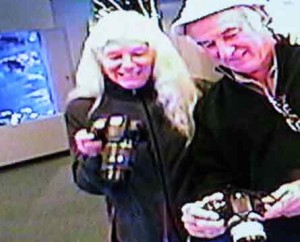
Everyone complains that we never publish photos of ourselves together, but we’re always photographing nature and not us. Well, here’s one I took in the Seward SeaLife Center. The camera was on the head of a sealion sculpture and the monitor right below my camera. Good enough? Thanks for a very wonderful field trip goes to Kristy and Christina, Doug and everyone else who helped for making us feel very much at home. The painting will come in a few months and I’ll post it then. For now, we’re still enjoying memories of golden mountains and gilded glaciers. And yes, we saw enough Steller sealions, bears, moose, sheep, goats and whales to keep anyone happy.
Thanks for reading this week.
Larry Eifert
Click here to go to the online blog this was to.
Click here to go to our main website – packed with jigsaw puzzles, prints, interpretive portfolios and lots of other stuff.
Click here to check out what Nancy’s currently working on with her photography.
